5 Secrets to Jump Start Your Summer Garden
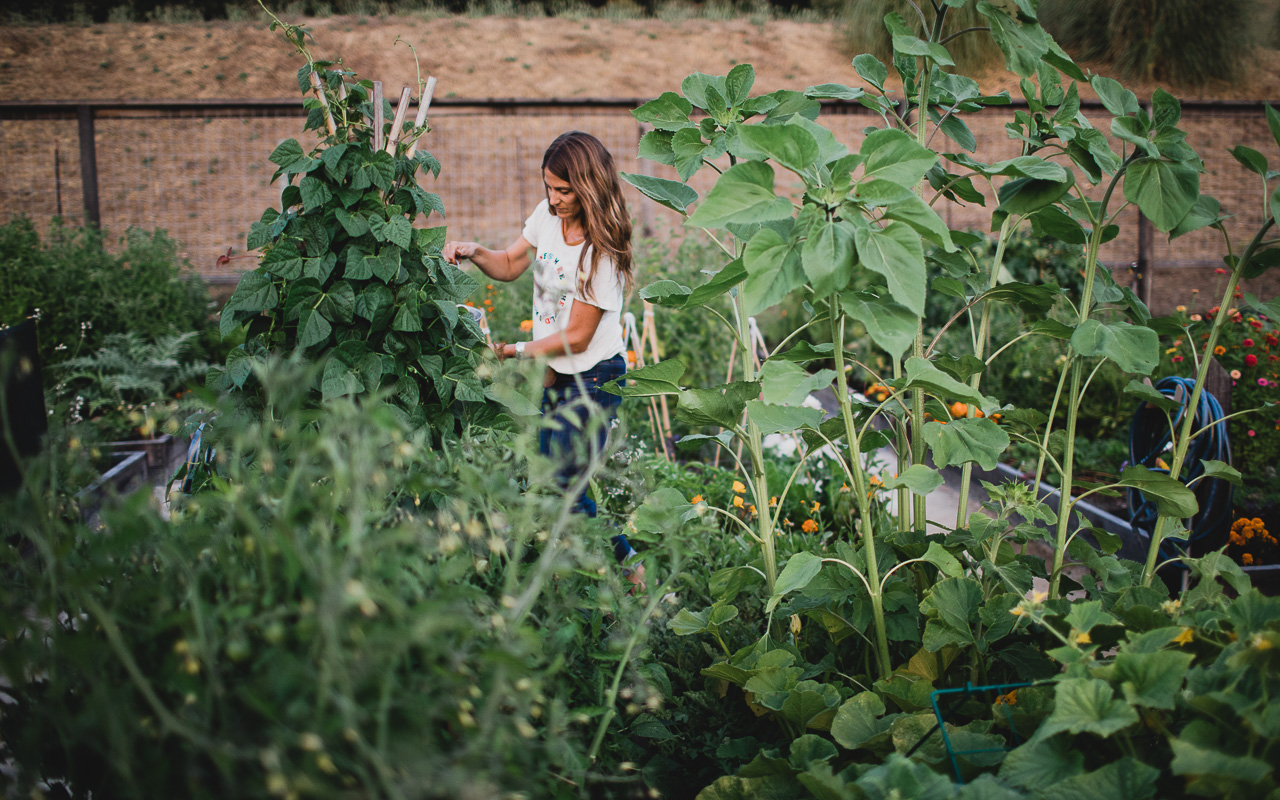

Photo courtesy of West Cliff Creative
Jump start your summer garden with a handful of easy to follow tips and a copy of Grow What You Love!
*Giveaway is Closed*
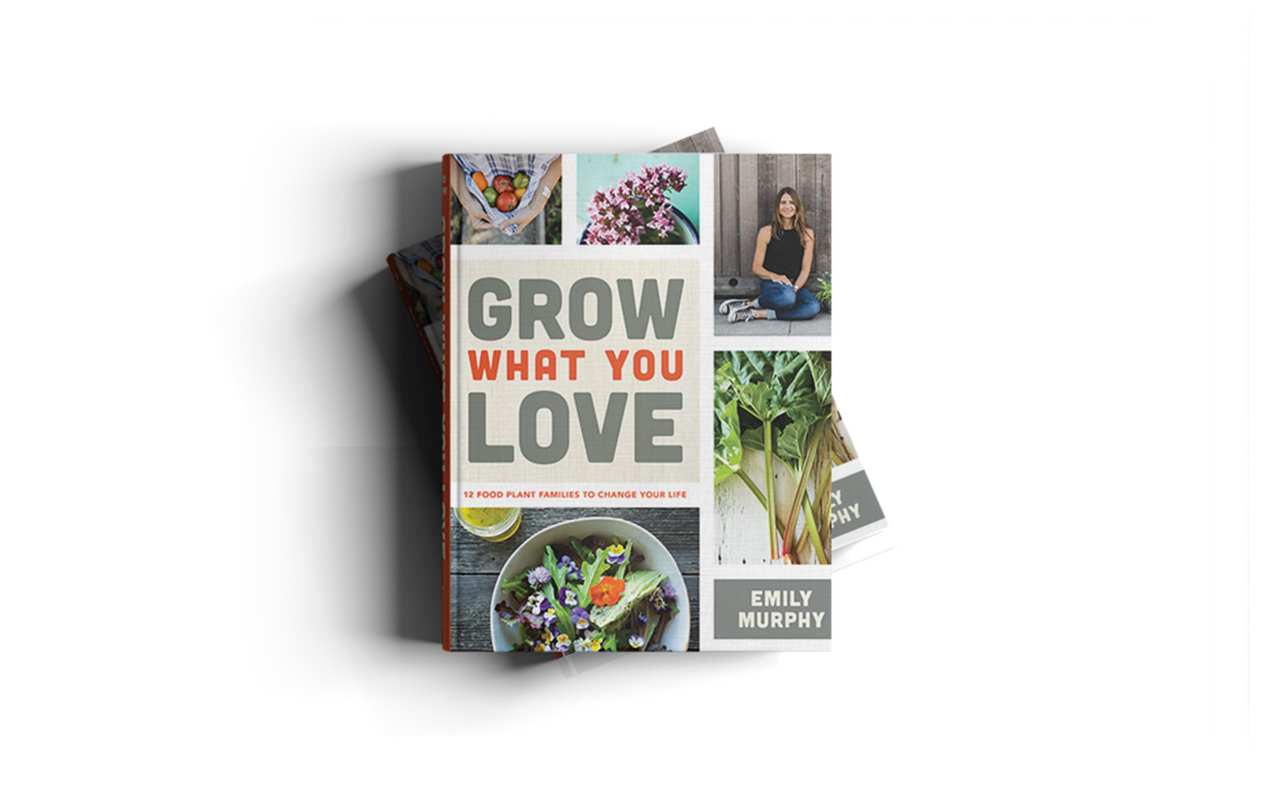
Grow What You Love book is designed for both beginning gardeners and those looking to fine tune their existing garden. The tips below are just a taste for starting your garden this spring. You’ll find more detail and inspiration in the book.
Learn more about the Grow What You Love book here.
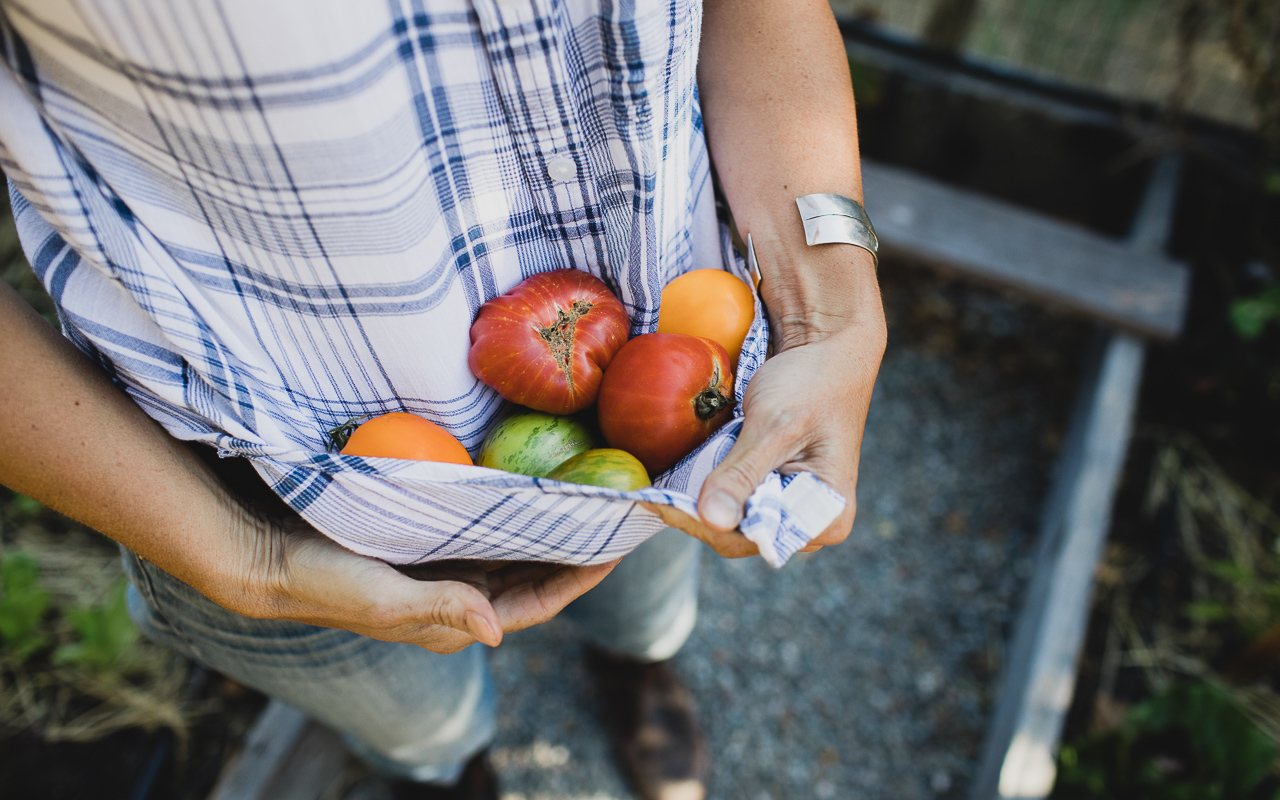
Photo courtesy of West Cliff Creative
5 SECRETS TO JUMP START YOUR SUMMER GARDEN
Grow What You Love
Find the things that make you happy and grow them! Whether it’s basil for your favorite pesto, succulents for your windowsill, or pineapple sage for pollinators and cocktails. Whatever it is, start here. Choose one or two or a handful. Cultivating the things your love means every minute counts that much more and it’s time well spent.
Discover Something New
I always go back to the tried and true varieties that grow best in my garden, however, I also enjoy trying one or two new varieties each season. Seed catalogs are a wonderful resource for discovering new varieties.
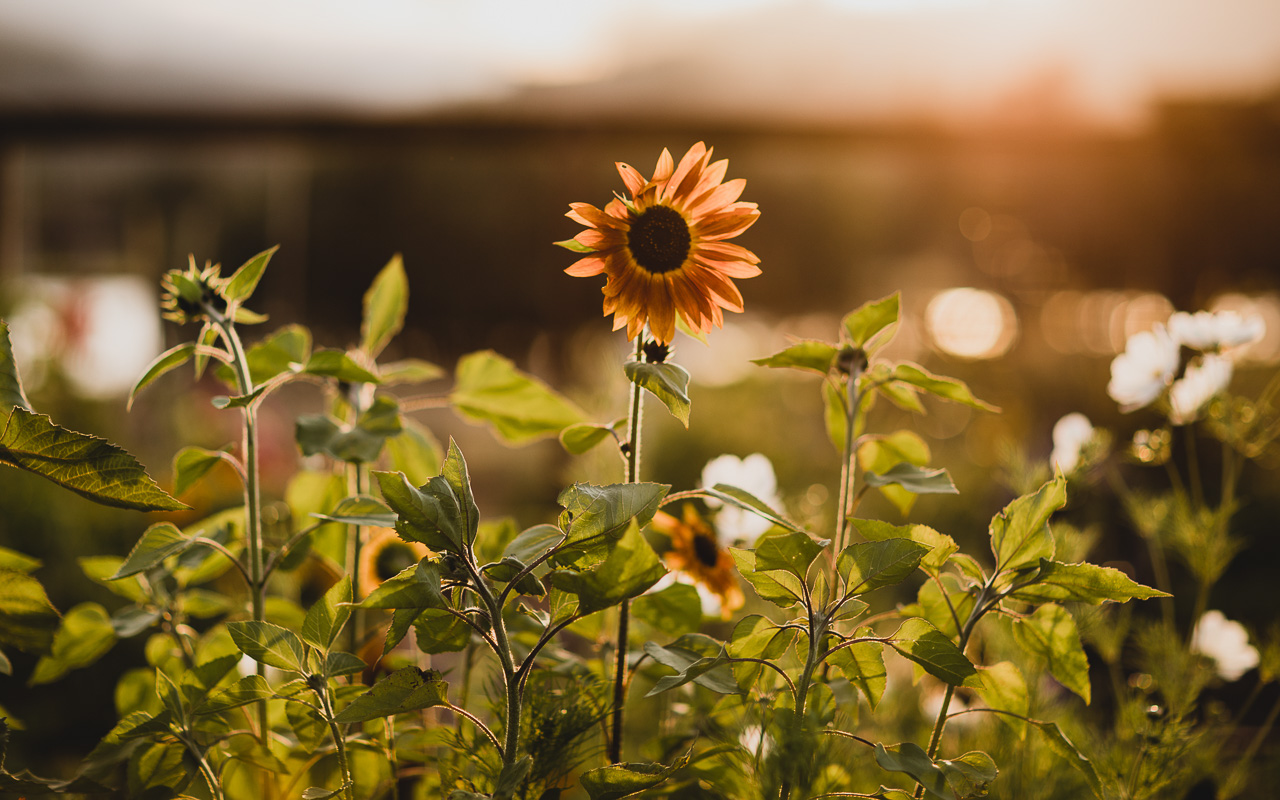
Photo courtesy of West Cliff Creative
Keep it Simple
Think containers, filling nooks and crannies with life. Grow the things that elevate your aesthetic such as the flowers and flavors that put a skip in your step. A little can go a long way, setting you up for success.
Know Your Frost Dates
Pencil in the frost dates for your region and plan to vegetables and flowers accordingly. You’ll need start plants with long growing seasons, like tomatoes, squash, and cucumbers indoors, and plan to plant them out once chance of frost has past and temperatures rise. Crops like radishes and turnips can be directly sown in the garden as soon as soils can be worked in spring and up to your first fall frost. Look to organizations like the USDA or NOAA to determine your frost dates.
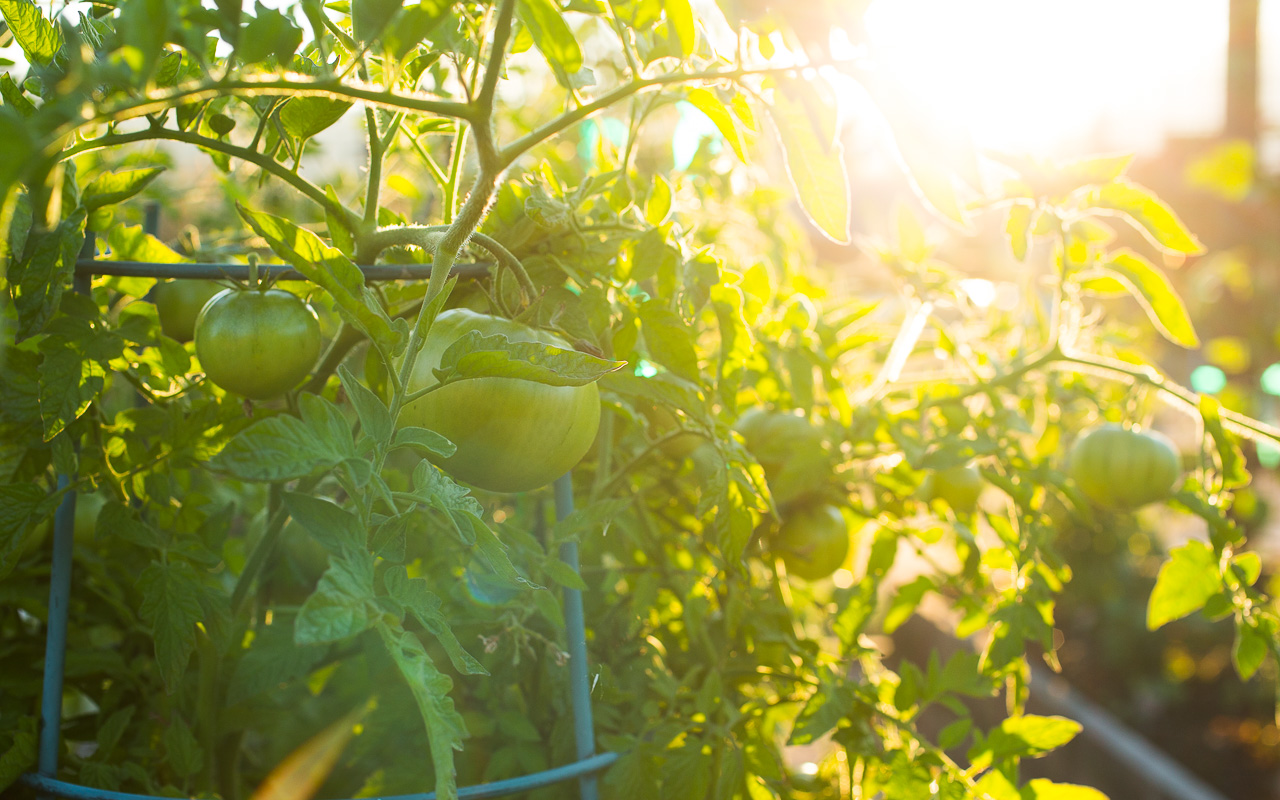
Follow Nature
In nature, water runs downhill. So too should water in your garden. Make sure the containers you’re working with provide adequate drainage, ensuring soils can breath. When working with containers, begin the season by repotting or refreshing last years soil with new, organic potting soil. Top dress raised beds and in-ground plots with compost or mulch over an inch or two of composted manure.
Consider adding companion plants, flowering herbs, and/or edible flowers to your veggie garden, and use interplanting concepts found in Grow What You Love. Companion planting helps protect your garden naturally and provides essential habitat and forage for pollinators like bees and butterflies.
Transplanting Seeds Vs Direct Sowing
Seeds 101: Seed Selection & Terminology
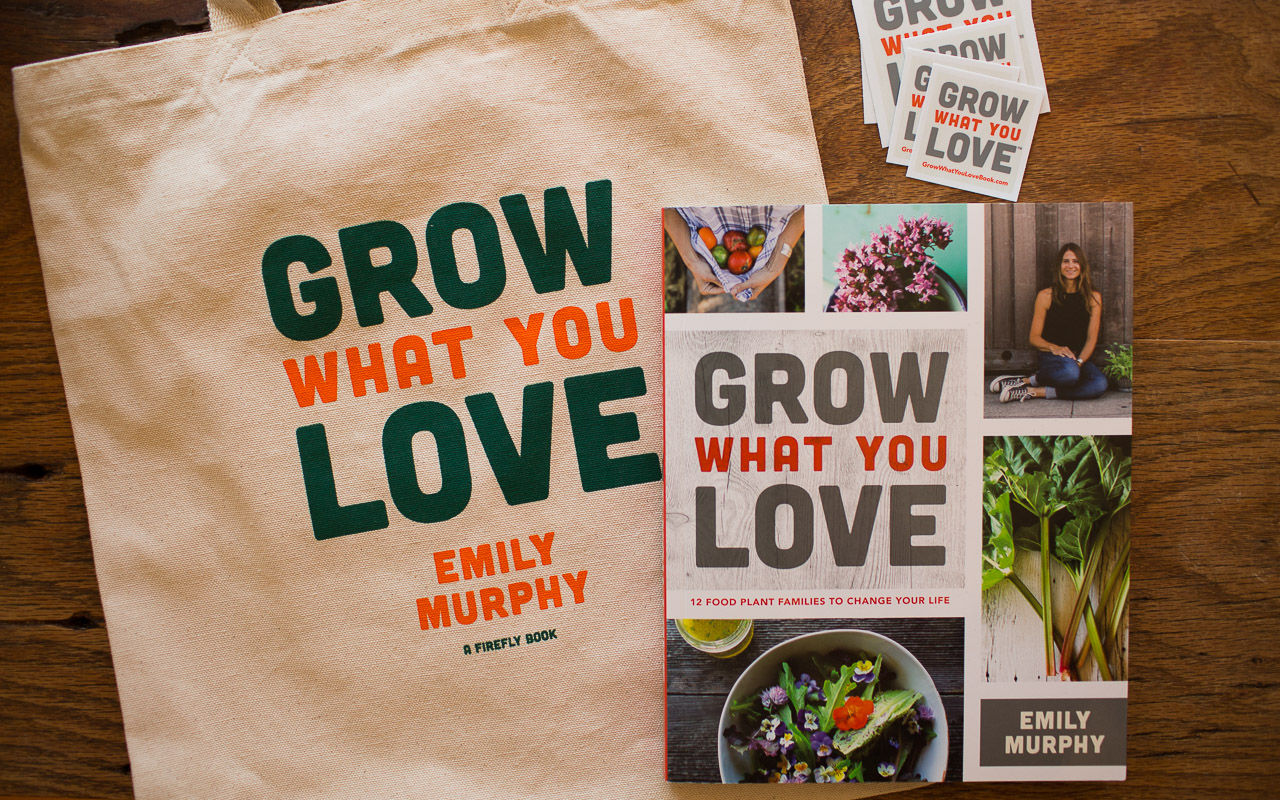
GROW WHAT YOU LOVE BOOK GIVEAWAY
Buy a copy of Grow What You Love here.
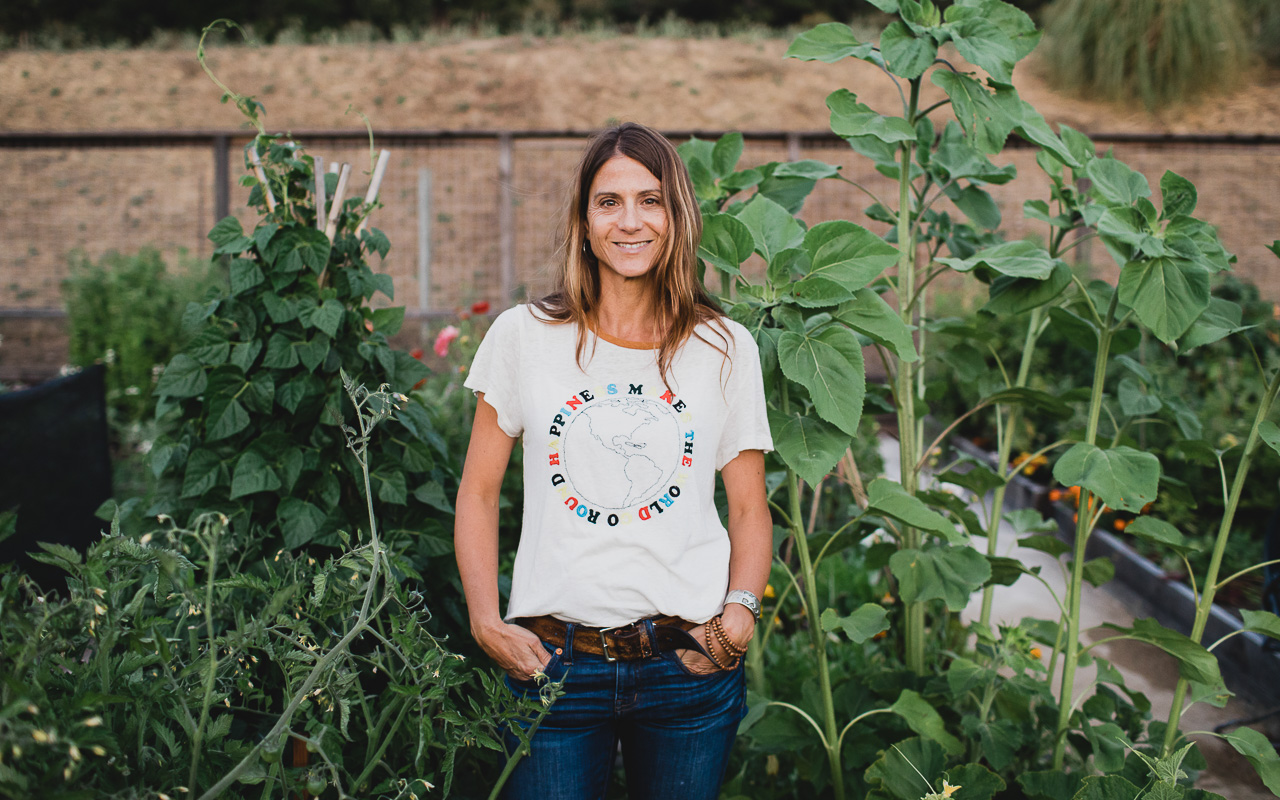
Photo courtesy of West Cliff Creative
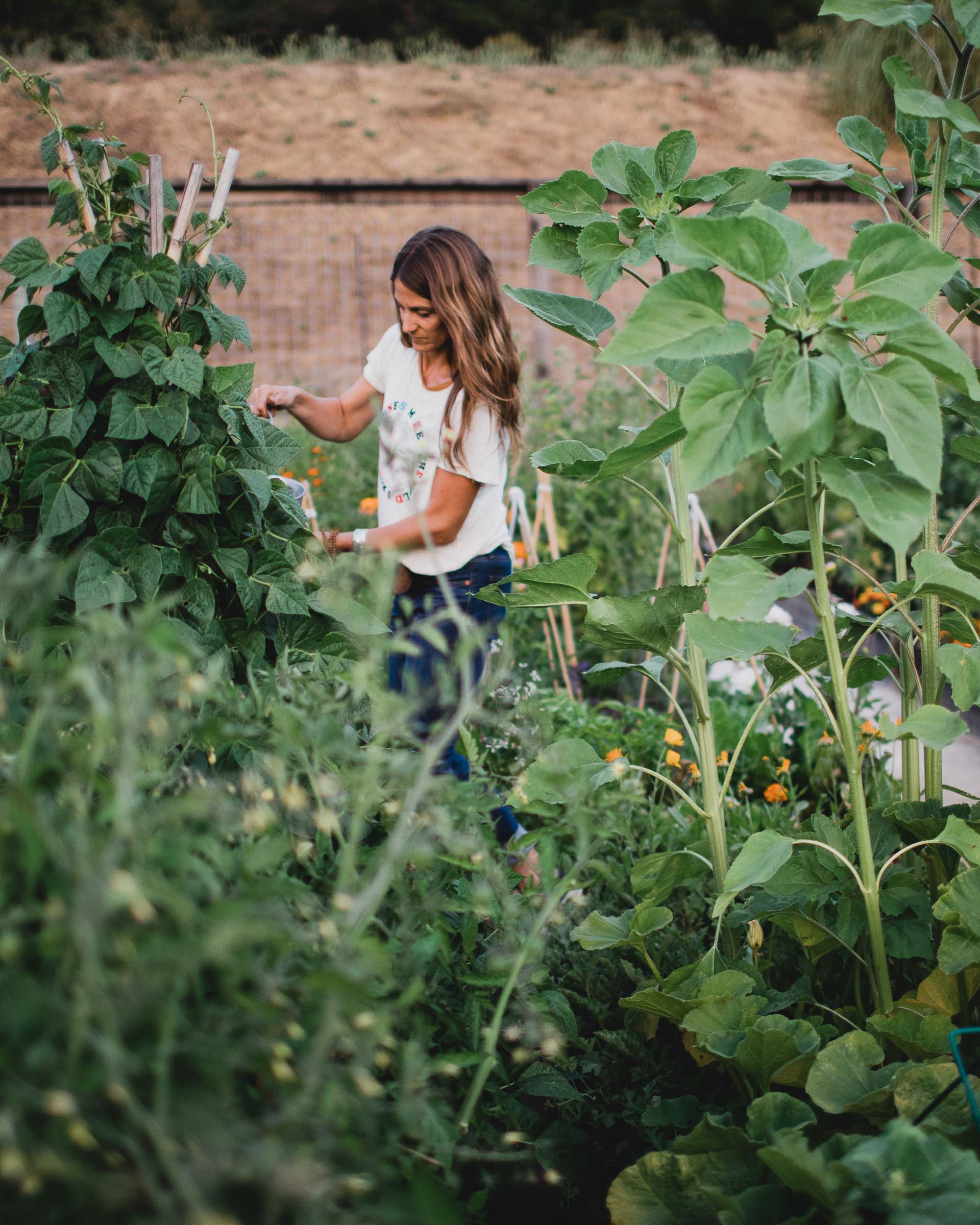
Photo courtesy of West Cliff Creative
Grow what you love and pass it on. ;)
Listen
Buy The Book
Special offers
Newsletter Signup
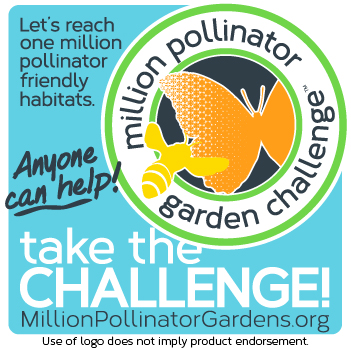
Archives
Disclosure
Pass The Pistil is a participant in the Amazon Services LLC Associates Program and other affiliate programs such as Etsy, affiliate advertising programs designed to provide a means for sites to earn fees by advertising and linking to curated affiliate sites.

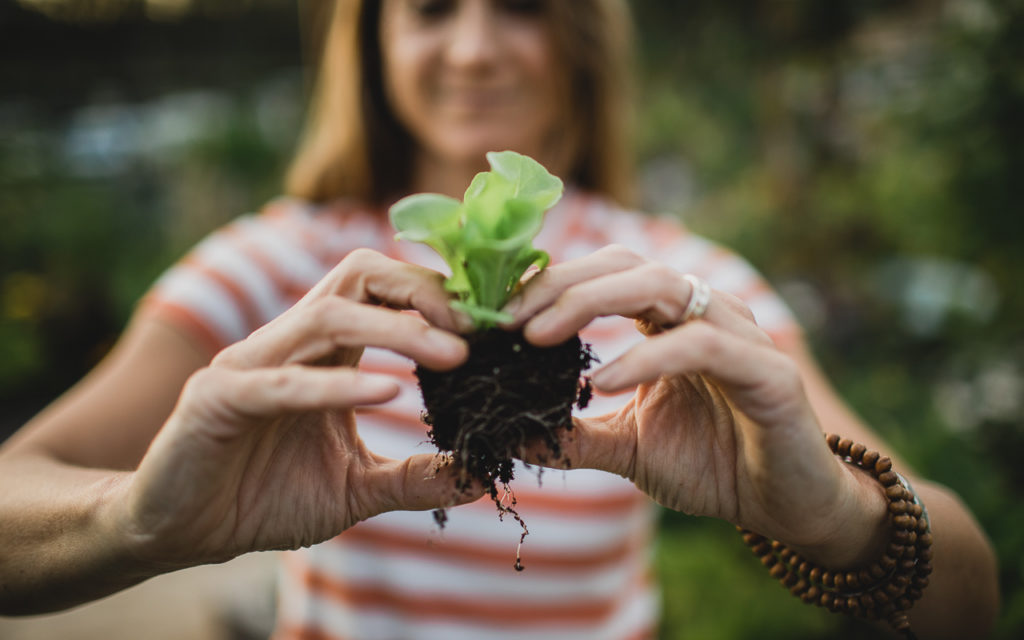
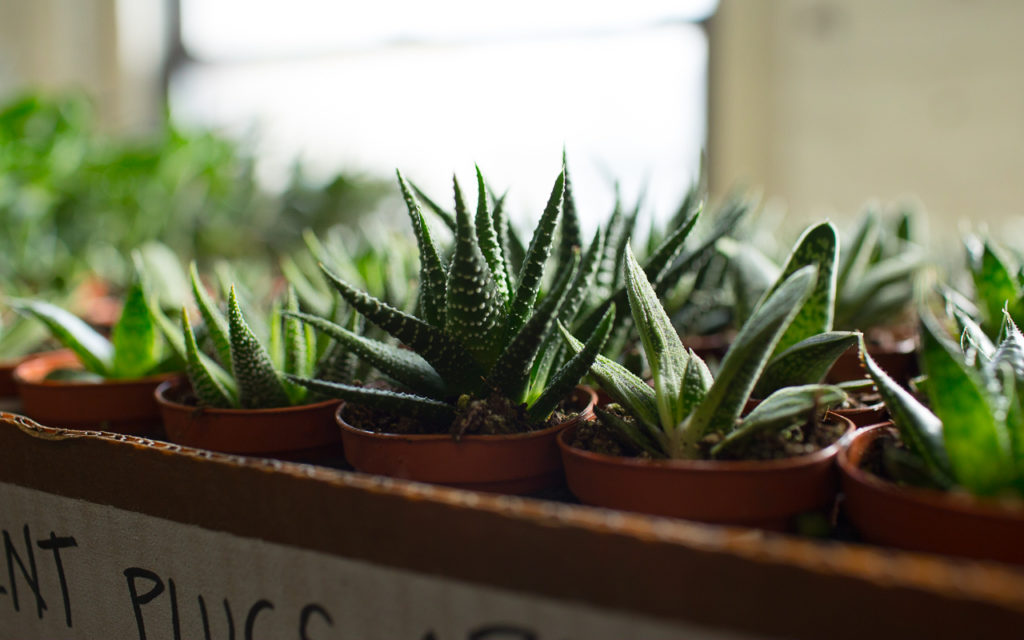
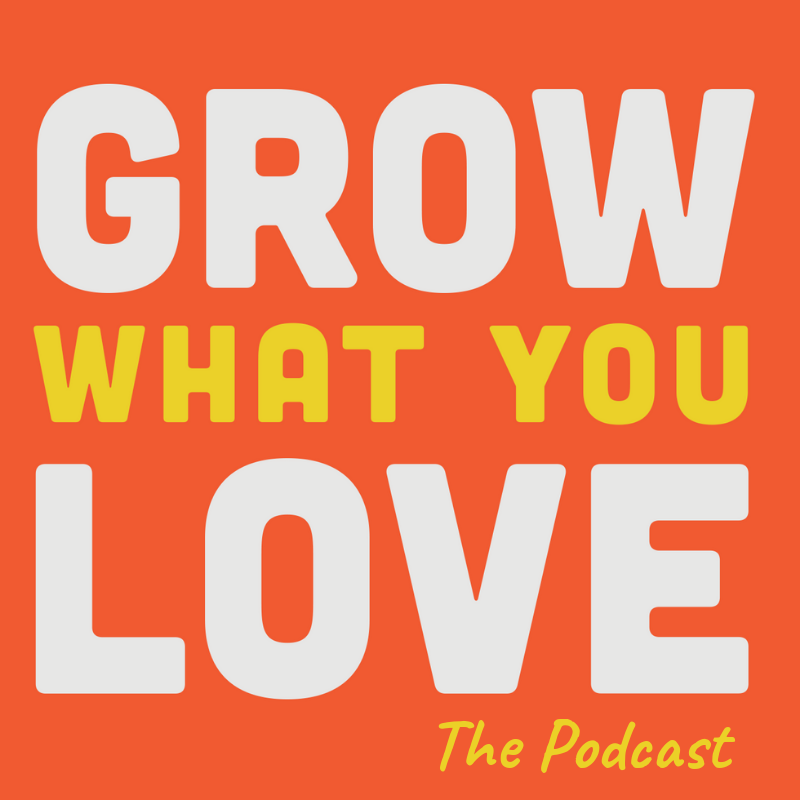





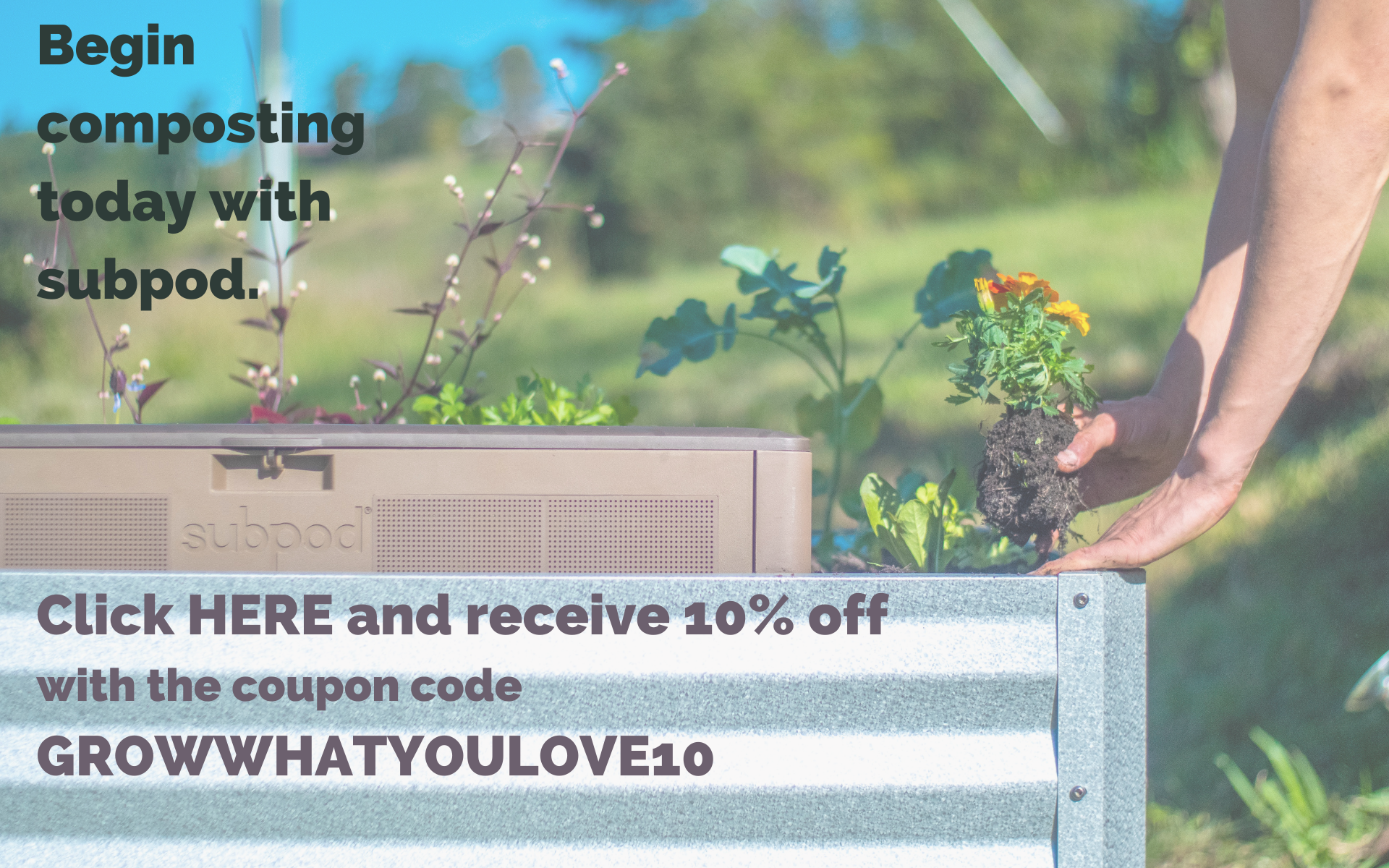
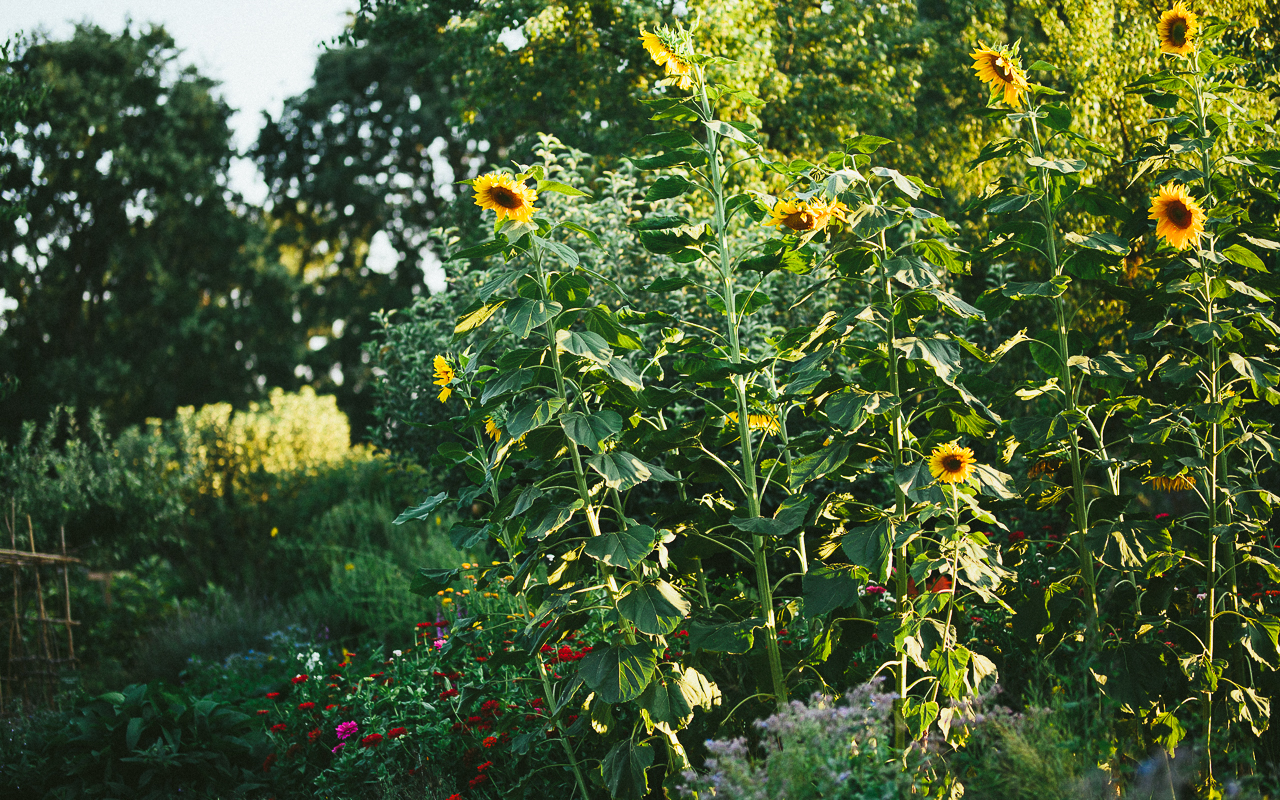
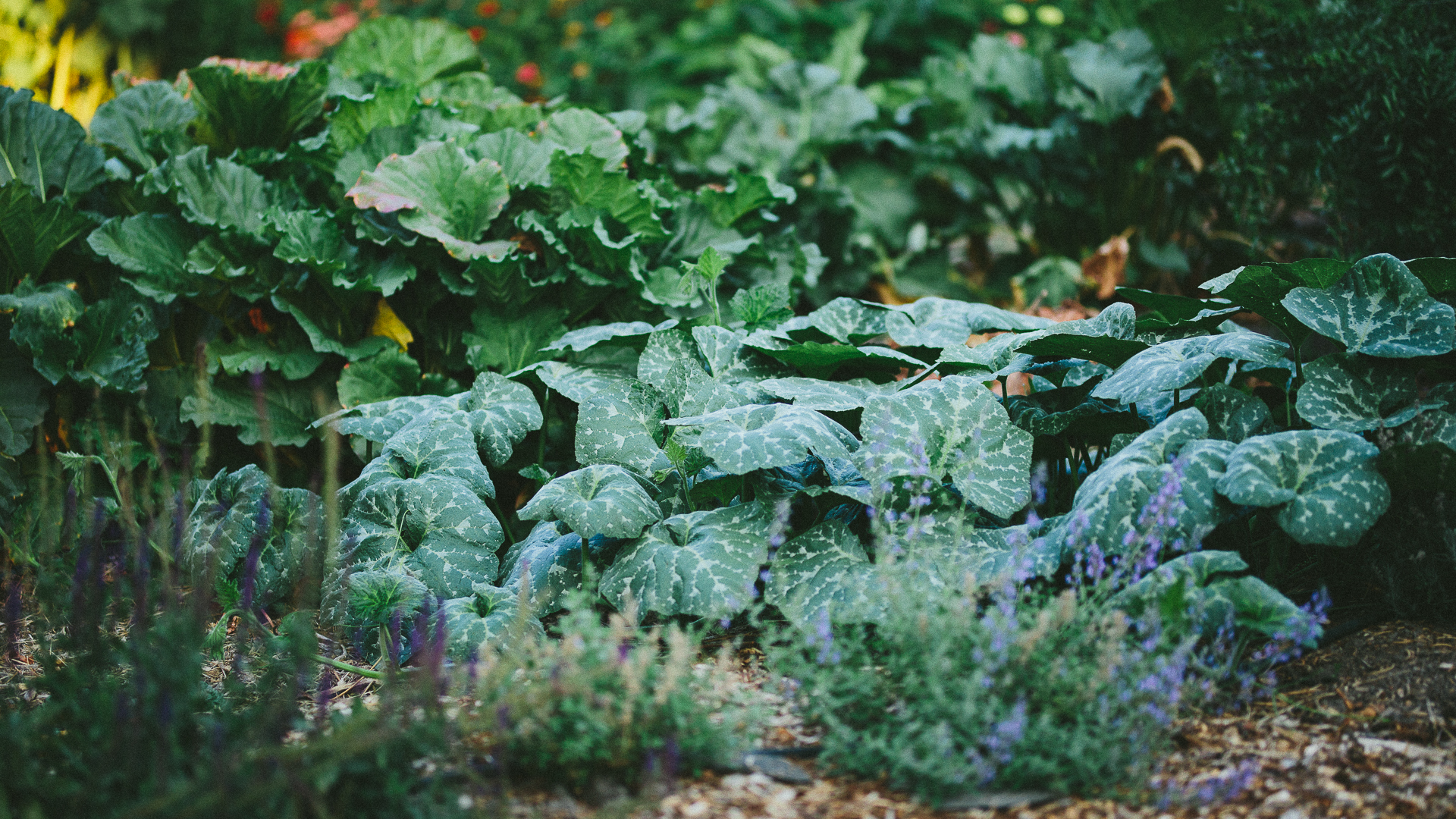
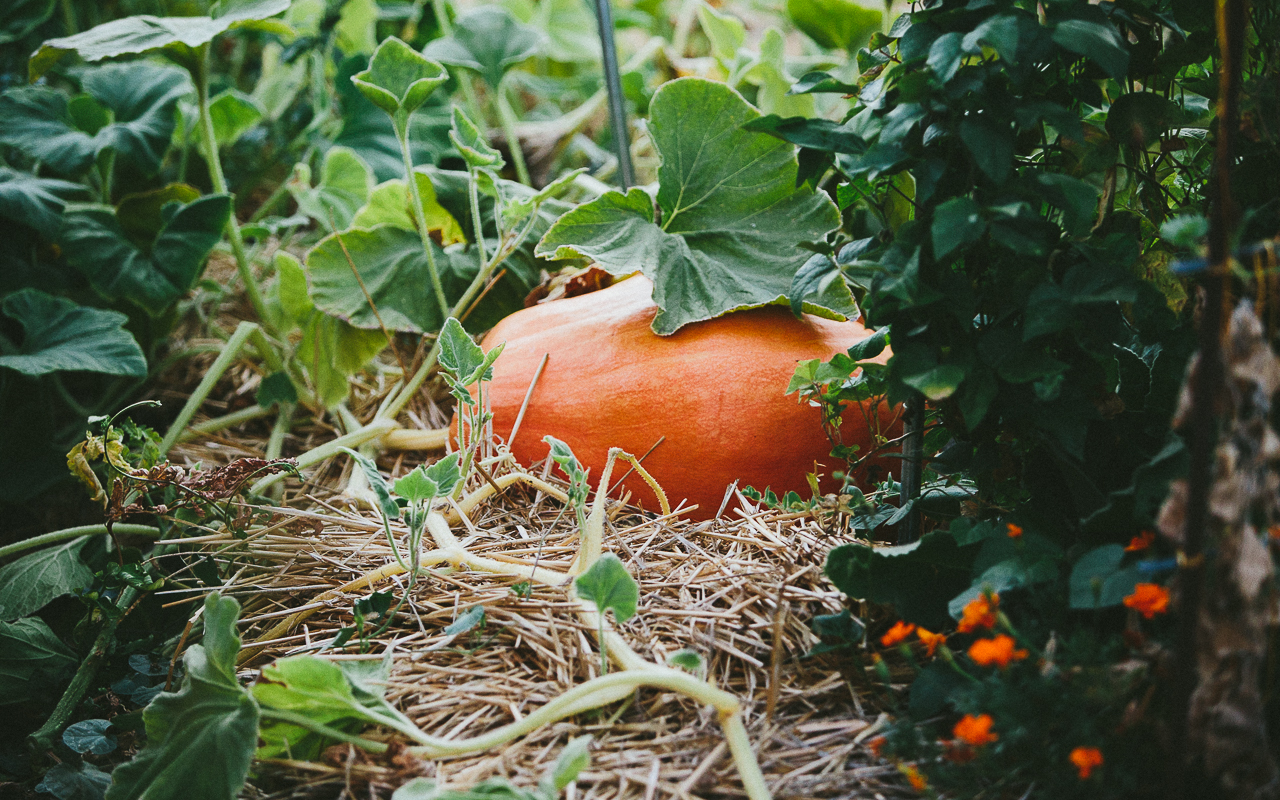
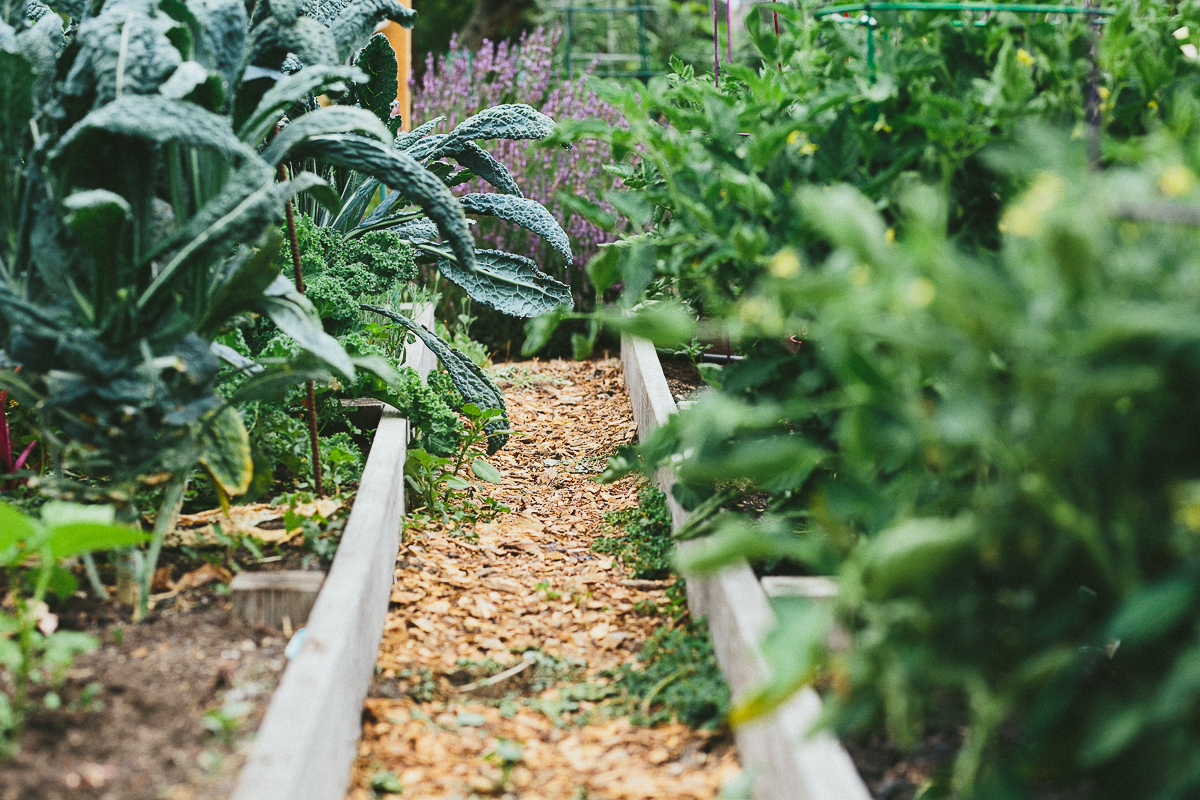
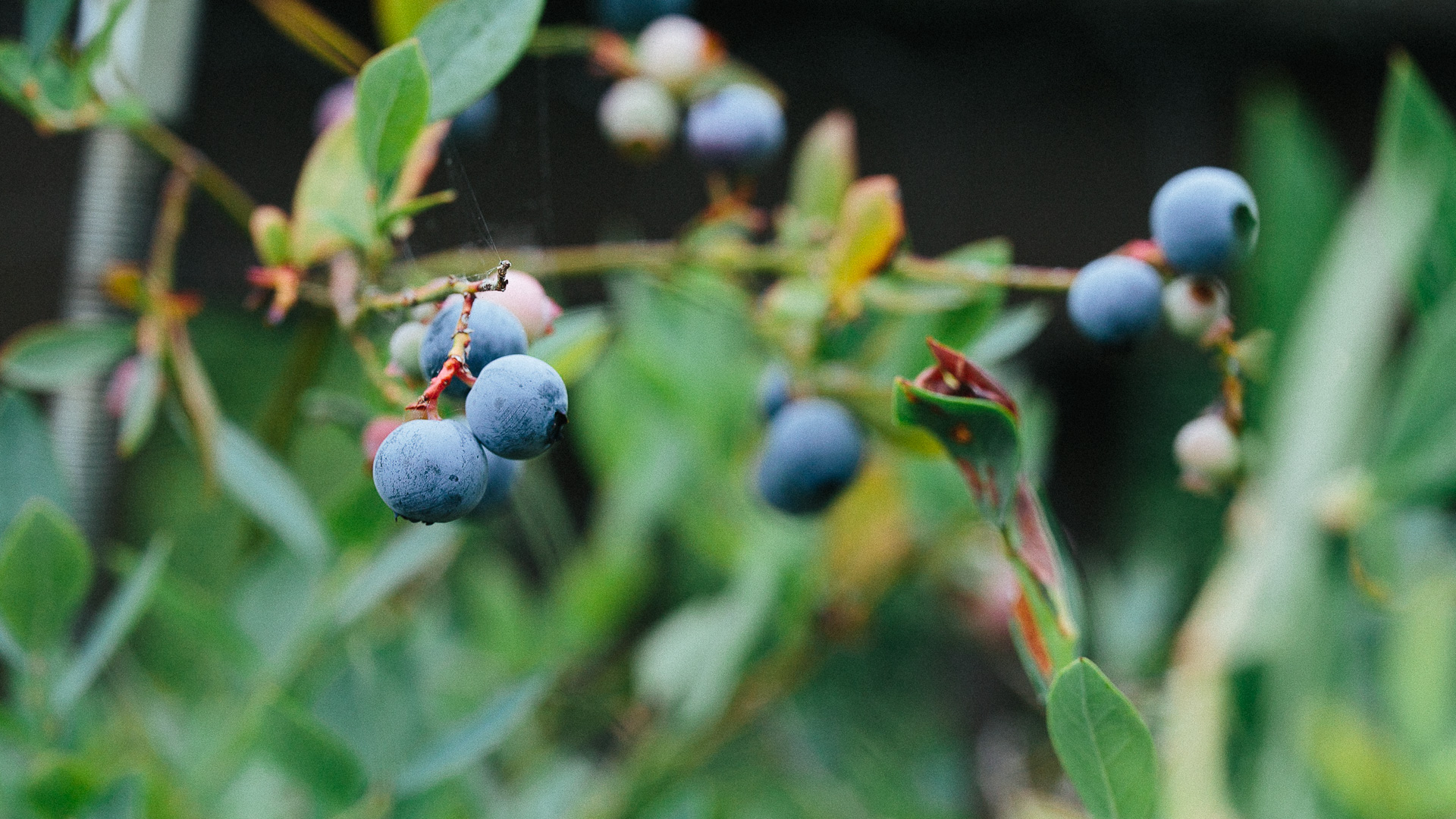
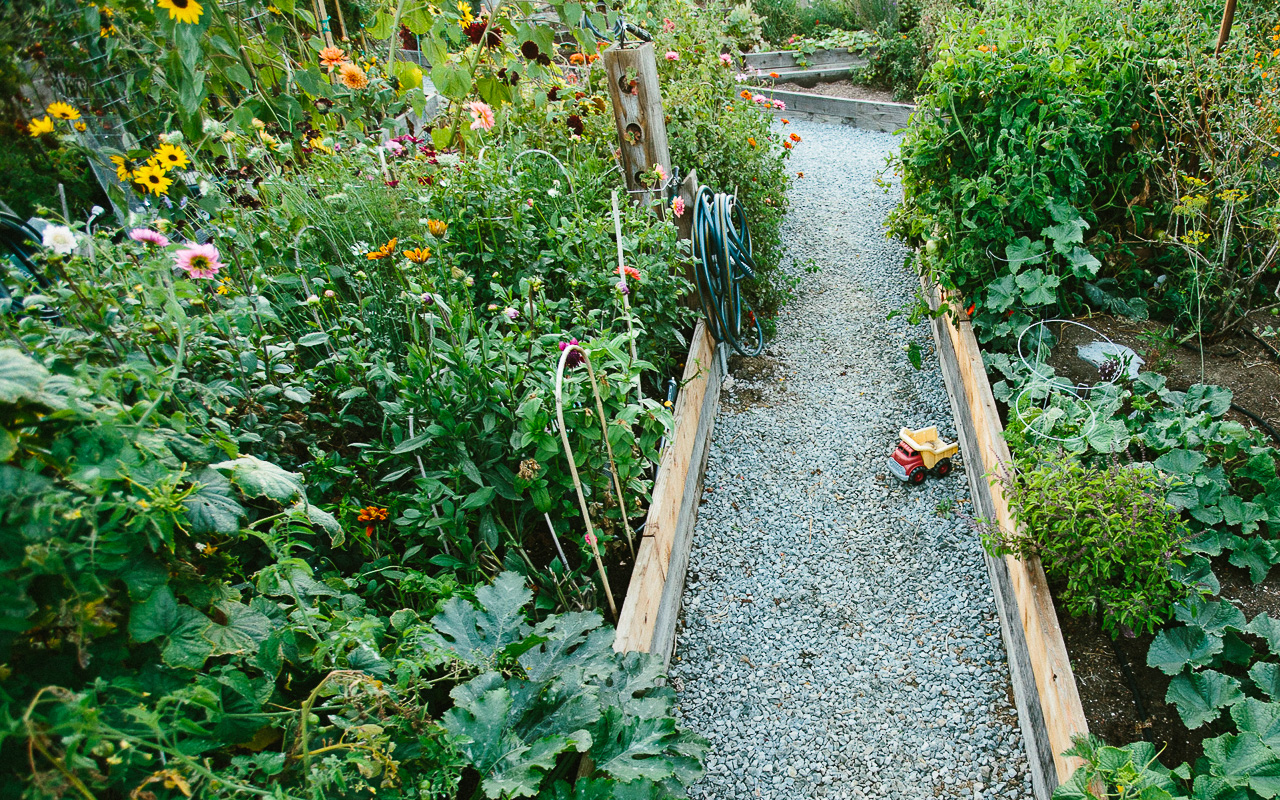
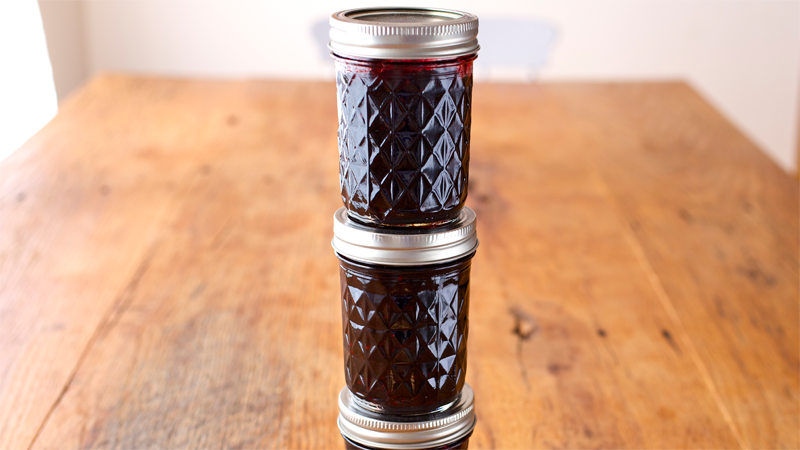

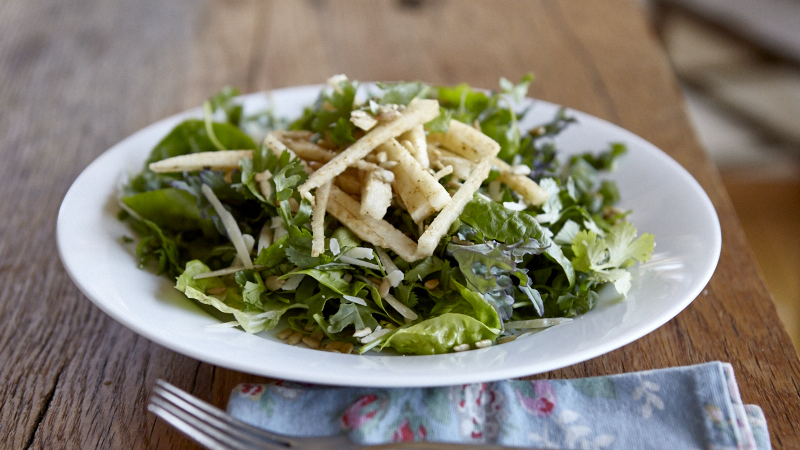
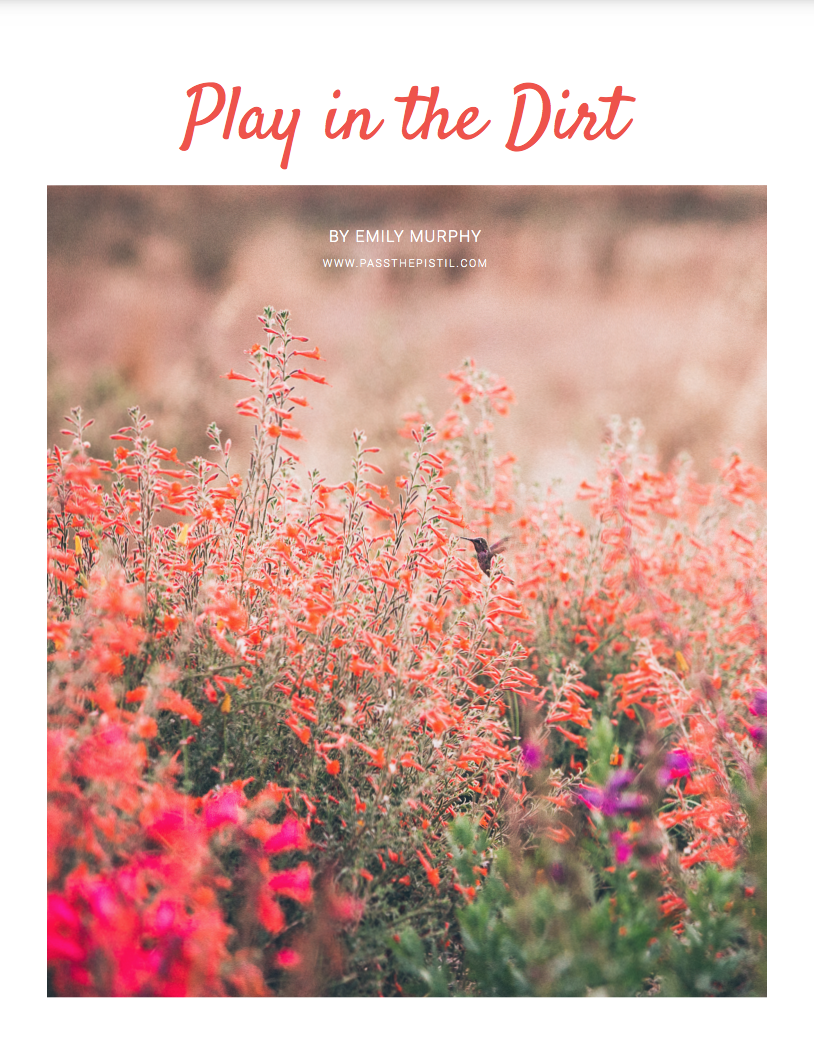

My hopes are to involve my grandchildren in planting and harvesting this year as much as possible so that they can grow to love and appreciate self sufficiency.
I love this! ;)
My hopes for my summer garden are to grow more organic celery, onions, and potatoes, have disease free tomatoes and cucumbers, and a larger harvest from snow peas and broccoli. Your book is sure to help me because I love to grow edibles.
Love your recommendations for companion plants because I am into herbs and they make such great companions! Can’t wait for my book to arrive!
Thanks so much, Marcy! And I agree – herbs are fabulous all around. ;)
Love the qualifier – “disease free” tomatoes. Isn’t this the truth? Have you asked at your local garden center or chatted with neighbors as to the best varieties for you particular region? Just a thought. Best of luck with your garden! ;)
I want tomatoes this summer. We’ve had trouble with them before. I this book has some tips.
Hi Linda, I sure hope so! There’s no better tomato than one that’s homegrown! Maybe you simply need to find the varieties that work best with your climate and growing conditions? Best of luck and thank you!
Working on a foodscaping book myself, I would LOVE to see your ideas and recommendations. (And recipes!)
Thank you, Kate! I’m excited to see your foodscaping book! Fabulous topic and so important. ;)
I want to get an early start on my garden this year and I am hoping that this book will give me a couple of great ideas to try out.
Hi Carol, I hope it does too! ;)
I only have one large planter to work with, but I grow herbs and perennials – food for me and the pollinators! Great article.
Thanks, Caitlin! I love this combination too. Hard to go wrong and both bring so much joy. ;)
grow some veggies
I’ve got lists and charts for companion planting this year. I’m having fun which is kinda the point, right?!
Yes! Fun is good. ;)
Just do what seems to make the most sense in the moment, try the plants on your list, and see what happens. I’m sure your garden will thrive (and you along with it). All my best!
I love that you say it in a way that works for everyone. I so often feel left out in my Zone 3 isolation! But that’s mostly early season envy when I am waiting for the last frost and hiding my husband’s trowels.
Hi Laurel, do you really hide your husband’s trowels..? (You’re cute.) I can imagine that in Zone 3 you need to be creative and patient! lol. But still, you grow a garden. I need to see more pics! xo
I am just so excited to get back into gardening! I had to stop for a few years due to an illness & then helping my sister during her illness. It sucks to be getting old, but gardening is my favorite thing to do, I have been reading everything I can find, just waiting for spring! I am glad I found your site!
Thank you! I’m happy you did too! Best of luck with everything and looking forward to hearing how your garden grows! Emily